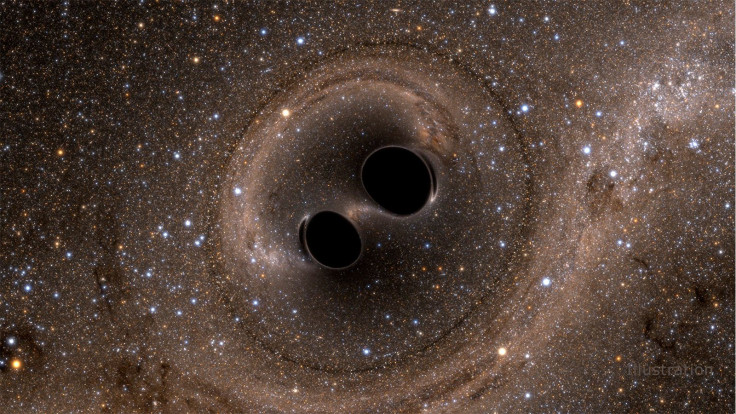What Happens To Stuff Black Holes Eat? Expert Explains

A researcher explained what exactly happens to the various cosmic materials that black holes devour in space. The researcher also clarified where the objects that enter black holes end up in.
For years, various scientific reports have discussed the nature of black holes. Generally, many of these reports state that black holes’ gravitation pull is so strong that even light can’t escape.
Since black holes seem to act like giant vacuums in space, there have been questions regarding the fate of the materials that get sucked into them. Through a post on Quora, software engineer Alan Marble from Brigham Young University presented a simple clarification to explain what happens to the objects that black holes devour.
According to Marble, black holes do not function in the same way as holes or tunnels. This means the objects that go beyond a black hole’s event horizon, which is its theoretical boundary, do not go out through the other end of a black hole.
“It’s helpful if you don’t think of a black hole as a hole,” Marble wrote. Holes go somewhere. Go in one side of a train tunnel and you pop out the other side. If you must have an analogy, think of a black hole as a pit with sides you can’t climb.”
“You fall in the pit, and you’re stuck there,” he added. “You don’t really go anywhere, though – you’re just in the pit.”
As noted by Marble, the objects that fall into a black hole get stuck there forever. Due to the black hole’s strong gravitational pull, cosmic matter that gets devoured remains inside it. This occurs once an object enters the event horizon, which is regarded as a point of no return. This is the part of a black hole where no light or other forms of radiation can escape from.
“A black hole is just an object whose gravity is too strong to escape,” Marble explained. “If you go past the event horizon, it doesn’t matter how fast you are, you can’t ever get back out.”
“But if you do wind up there, you don’t really go anywhere,” he added. “You just stay there, forever.”
© Copyright IBTimes 2024. All rights reserved.





















